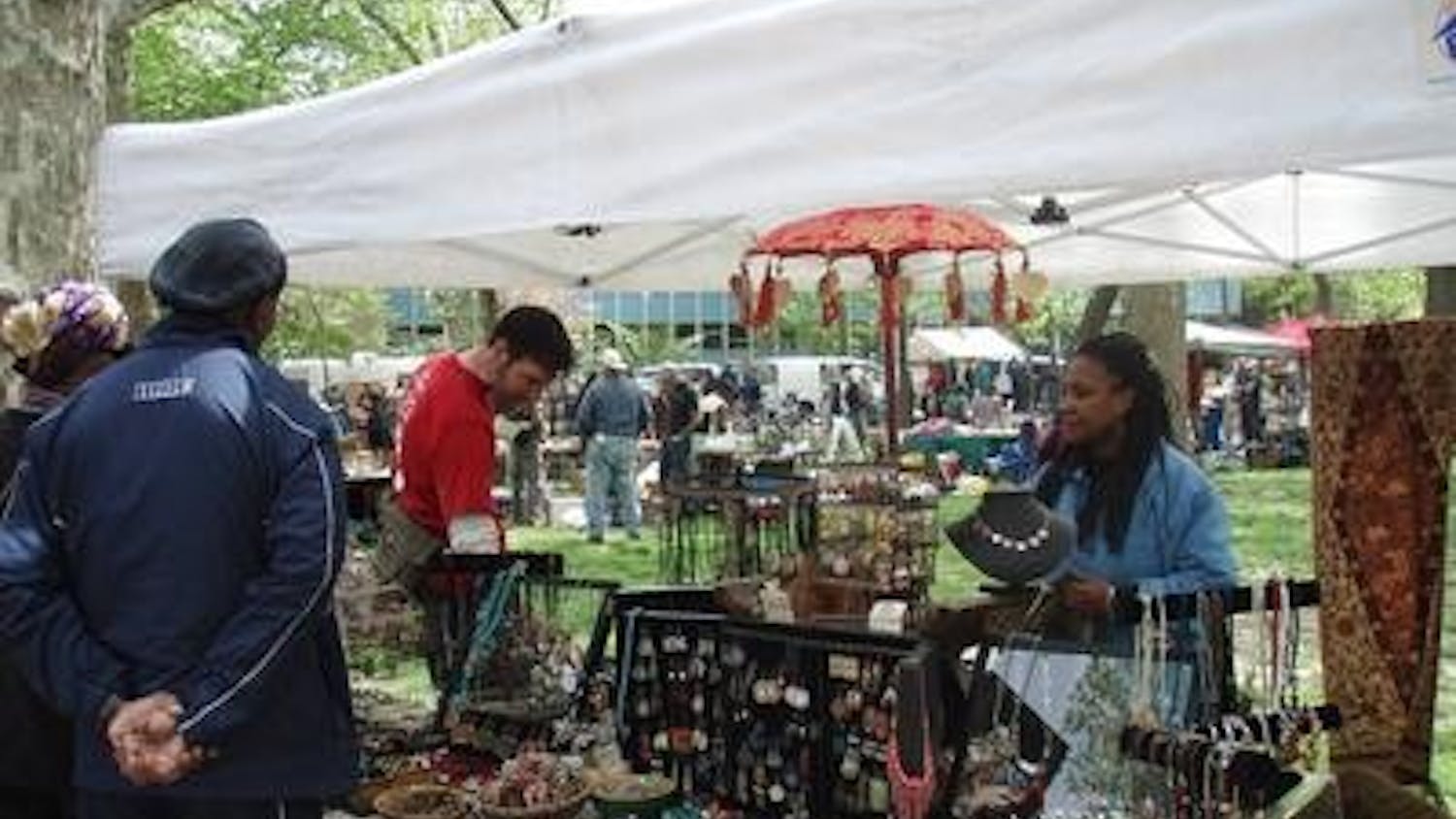What do John Wilkes Booth's thorax, a wall of 139 skulls and a soap lady have in common? For $5 with your student ID, you can see and study them all at the Mtter Museum of The College of Physicians of Philadelphia at 19 S. 22nd Street. While you may be up for a one-time visit, it takes a special kind of woman to surround herself with such interesting items every day. We would like to introduce you to Gretchen Worden, the director of the Mutter Museum since 1988. What displays are visitors usually most interested in? It's funny. You would think that people would most remember the Teratology collection, which is Congenital Abnormalities. But when people are talking about what they remember about the museum, almost invariably it's the Jackson Collection of Foreign Bodies, which we have under the stairs. It is about 2000 things people have swallowed or inhaled. It's a question of what you connect with. There is something here for everyone. Do people bring their children through here? It seems to me if I was a child and saw a dried out human body I would be a little frightened. No you would be absolutely amazed. We get family groups with kids in strollers. You get the high school kids and they are bored. But you get some sixth and seventh graders, and that's a great age. They are still excited about stuff. They would rather be here than school. So would I. What is the general reaction to the Museum? Well [visitors] have read about us, they have an idea but they don't really know. Some people find, you know, initially with a great visual image like a wall of skulls, they are maybe taken aback. Some people come expected to be grossed out but they utterly fascinated. Other people come in very curious and find that they are uncomfortable. You don't know how you will react to real human material until you are confronted with it. What piece are you most fascinated by? [Conjoined Twins] Chang and Eng. No question. One, because we have the only plaster cast of them in the world. Two, because they are very interesting individuals. They married sisters -- they had twenty-one children. We have specimens of conjoined twins before Chang and Eng, but they are part of a continuing story of conjoined twins. The museum isn't just concerned with medical history; it's about what's going on now. I didn't know they had 21 children. That's amazing. They were not going to compromise. They sure weren't! How would the logistics of that work? They actually could stand pretty much side-by-side, so when they were in bed there was a little overlay of one twin on the other woman. But the fact that they married sisters I think helped. So it is not a case of simultaneous impregnation? No not simultaneous. I think they took turns. Actually it's funny because [both wives] would become pregnant about the same time. Do you have people on waiting lists to donate organs or materials, or do you target certain people so that you can use their organs after they pass? I've never had the nerve to actually solicit. We do have a number of people that have offered their bodies, heads, organs to the museum and they are waiting to die. Some are in their thirties and forties, so it will be some other curator's problem when the time comes. And that to me says that we are the kind of place that somebody feels comfortable with having their body or part of their body be seen because we treat materials with respect, it is here for educational purposes, and I think that's absolutely terrific.
What were your goals before the museum came into your life? Get a job somewhere. I wanted to study Physical Anthropology. But who really knows what they are going to do? I just figured I would find a job somewhere. Or maybe get married. Good thing I didn't bank on that. Well now you have Chang and Eng -- apparently two of the greatest lovers who ever existed. Yeah, not bad. What is in store for the future of the Mtter Museum? What I would like to see is more material out, to have explanatory texts out for all of our exhibits. There is material on display that is not very interesting; there is material in storage that should be out. There is a lot to do with re-organizing the collections and making the information more accessible to the people we are getting in now, which are people who don't have a medical background. The lay public wants to know about this stuff. Is this the world's largest colon? I think we can make that claim. I don't know of any bigger.






